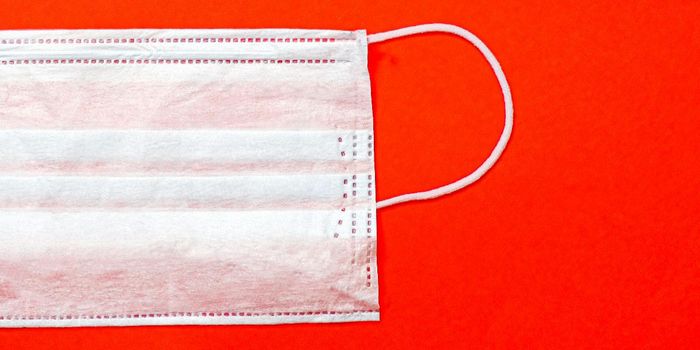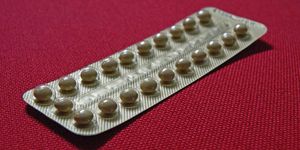Study finds association between hair products and breast cancer risk
For many women, hair color and style are significant components of their identity. However, troubling information from a new study about the use of hair dye and chemical straighteners may have some women rethinking their usage.
Researchers from the National Institute of Environmental Health Sciences (NIEHS) aimed to determine if hair care products had any association with the development of breast cancer. According to the study, published in the International Journal of Cancer earlier this week, hair care products can contain endocrine-disrupting chemicals related to breast cancer. Additionally, these products used by black women may contain higher levels of “hormonally active compounds.” The news clip below provides a brief summary of this study.
To examine the level of risk associated with the use of these hair care products, researchers used data from the Sister Study—another NIH study that tracks the health of women whose sister had breast cancer. From the Sister Study, researchers used data from about 46,700 participants aged 35 to 74 regarding the past 12-months of hair product use. Initially, about 55% of the participants reported using permanent dye.
During the follow-up period to this study, nearly 2,800 of the participants developed breast cancer. NIH reports that for black women, the usage of permanent dye every five to eight weeks was associated with a 60% increased risk of breast cancer. For white women, this risk is 8%. Semi-permanent or temporary dye had little to no increase in breast cancer risk.
The study also reports an association between chemical hair straightener use and breast cancer—women who used these products every five to eight weeks had a 30% increased risk of breast cancer.
As reported in the video above, this study does not examine the risk associated with the use of these products for women with the BRCA gene or those at average risk of breast cancer. In an article from NIEHS, co-author and NIEHS Epidemiology Branch chief Dale Sandler, Ph.D., stated, “we are exposed to many things that could potentially contribute to breast cancer, and it is unlikely that any single factor explains a woman’s risk. While it is too early to make a firm recommendation, avoiding these chemicals might be one more thing women can do to reduce their risk of breast cancer.”








